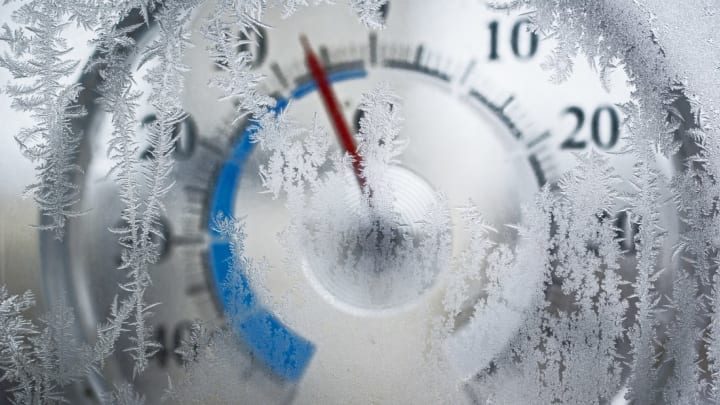A question from reader Josh: "Why does 60-degree weather feel warm to us, but if we get in the ocean or pool and it's also 60 degrees, we feel freezing?"
If the air and the water are the same temperature, what accounts for the difference that we perceive? It's a matter of heat transfer, the transition of thermal energy from a hotter object to a cooler object.
As long as the temperature of your body is higher than the temperature of the surrounding medium (air or water, for example), your body will give off heat. As soon as the surrounding temperature becomes higher than that of your body, though, you'll start to absorb heat.
The amount of heat that moves between your body and the surrounding medium and the speed at which it moves, both of which are important to the sensation or warmth or cold that we feel, depends on how good a conductor the medium is. The reason the water feels colder than air is because water is the better conductor of the two. When you hop into that 60-degree pool, heat escapes your body much more easily than it would if you were standing beside the pool in 60-degree air. Because the water takes more heat from your body, and quicker, it feels colder.
More on Temperature
The Fahrenheit temperature scale was proposed in 1724 by physicist Daniel Gabriel Fahrenheit (1686-1736). The scale is based on three reference points of temperature set by Fahrenheit: the 0-degree point was set by placing the thermometer in a brine of ice, water, and ammonium chloride; the 32-degree point was set by placing the thermometer in water that had ice forming on the surface; the 96-degree point was set as the temperature given when Fahrenheit placed the thermometer in his mouth or armpit. Later, other scientists redefined the scale slightly (hence, normal body temperature is 98.6 and not 96). Fahrenheit's scale has been replaced in most countries by the Celsius scale, but is still used for non-scientific purposes here in the US and a few other countries (hey there, Belize!).
*
40 degrees below zero is the same temperature on both the Fahrenheit and Celsius scales.
*
The "451" in Fahrenheit 451 refers to the temperature at which the paper of a book spontaneously ignites when exposed to heat. Modern scientific sources give the actual average temperature as 572°F (and author Ray Bradbury's contemporary sources would have given him 842°F), though Bradbury's title temperature still has a nicer ring to it.
